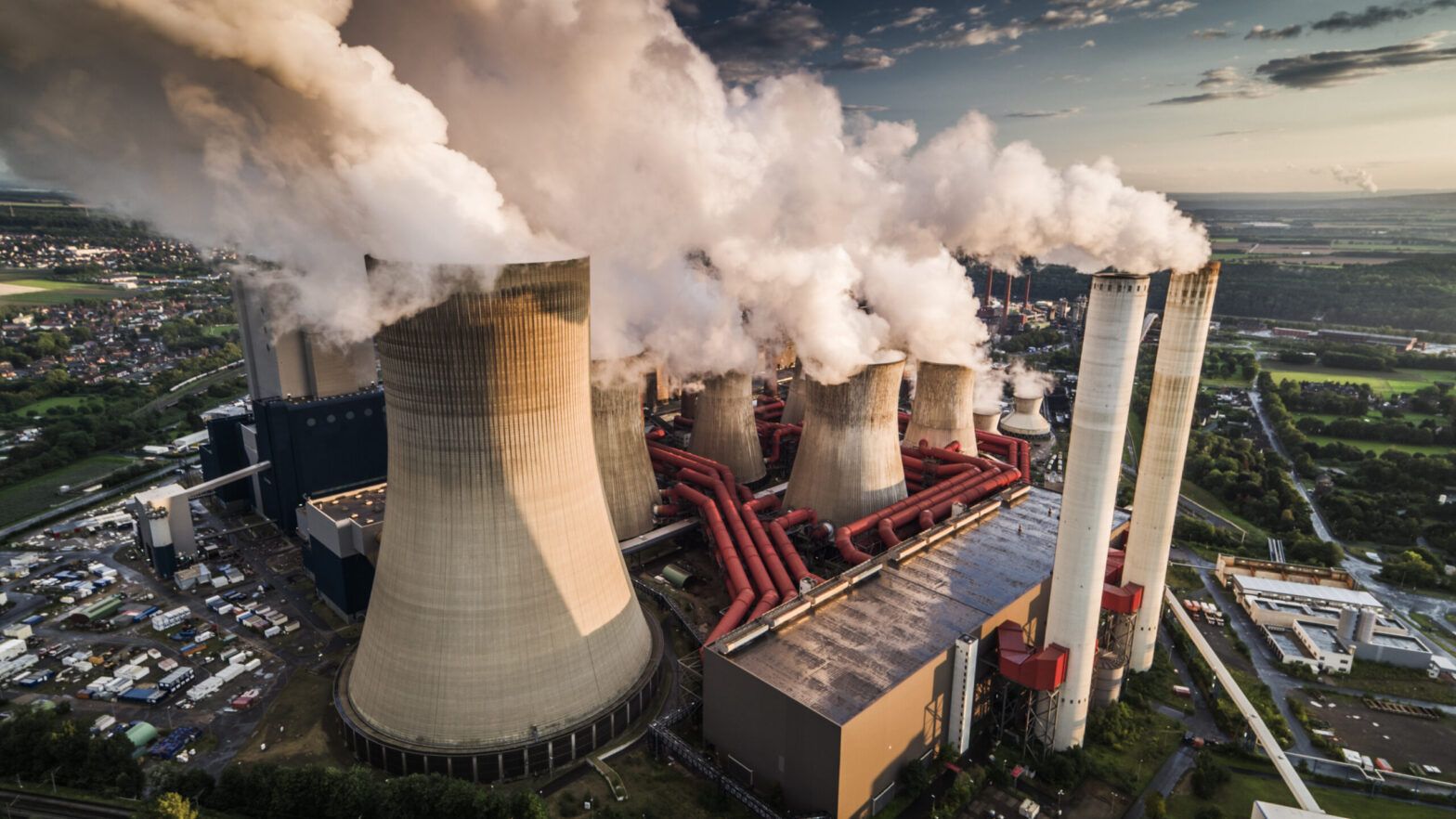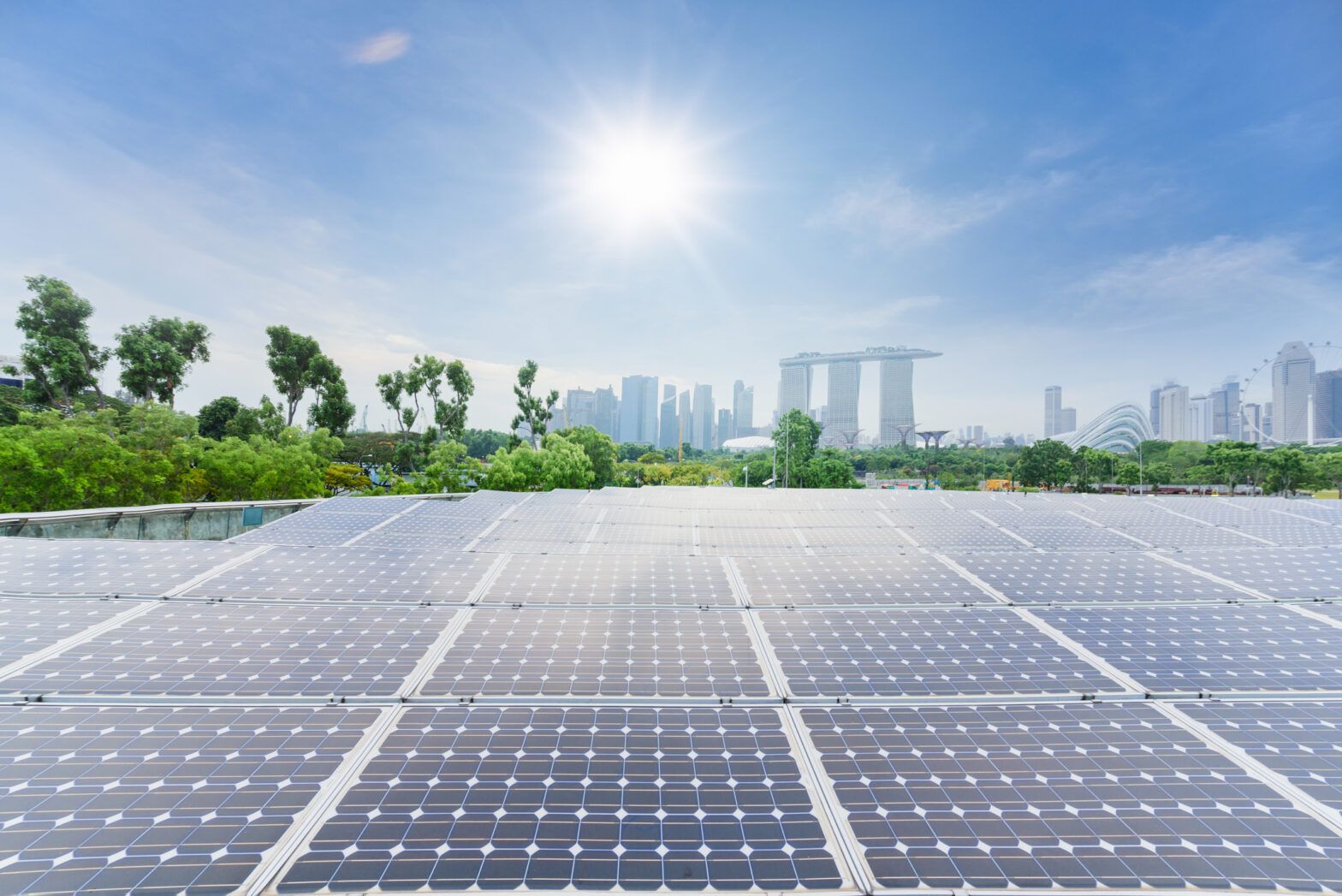Indonesia has revised its emissions targets, pledging to cut greenhouse gas emissions at an even faster rate than had been agreed under the 2015 Paris Agreement.
Indonesia had previously pledged to cut emissions by 29% by 2030 or 41% with international help, but has now said it will go a step further and cut emissions by 31.89% or 43.2% with international help, Reuters reported citing Indonesia’s chief economic minister Airlangga Hartart.
The minister did not explain how Indonesia would reach the target but noted efforts at developing its electric vehicle industry among other factors.
The announcement comes just before the 2022 United Nations Climate Change Conference, better known as COP27, next month, as well as the upcoming G20 meeting, which Indonesia is due to host in Bali.
Last month, Indonesia, which is one of the largest coal exporters globally, took a number of steps to promote the use of renewable energy and phase out coal with the publication of its highly anticipated Presidential Regulation No. 112 of 2022 on the Acceleration of Renewable Energy Development for the Supply of Power.
Under the decree, authorities in Indonesia have been tasked with creating a roadmap for the early retirement of some coal-fired power plants.
The regulation also prohibits the construction of new coal-fired power plants except on three grounds – projects that have already been approved; projects that are tied to the natural resources processing industry; and those that pledge to lower emissions by 35% within 10 years of operations compared with the average coal plant emissions in 2021.
In addition, no coal-fired power plants will be allowed to operate after 2050 as Indonesia aims to reach its goal of net zero by 2060.
Finally, and perhaps most importantly, the decree sets a new pricing system for renewable energy, replacing the previous regime that was based on the average cost of generation for the state-owned utility, PLN, with a new regime that focuses on ceiling prices specific to each renewable energy technology.
Market observers previously cited the old system as one of the main barriers for renewable energy development in the archipelago as it involved lengthy negotiations with PLN and the average cost of generation was often stubbornly low.









